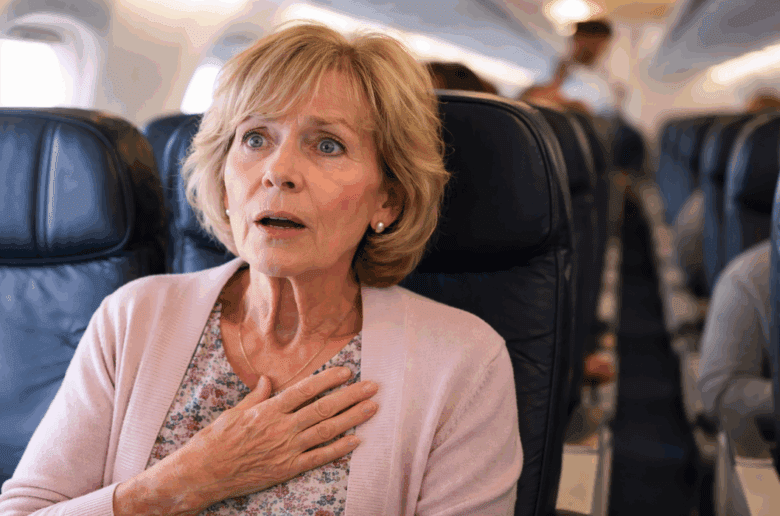Statistics: Why You Shouldn’t Be Afraid To Fly

Flying has revolutionized the way we travel, connecting distant corners of the globe in mere hours. Yet, despite its convenience and efficiency, many people harbor a lingering fear of flying. This anxiety often stems from misconceptions about the safety of air travel. In this comprehensive exploration, we’ll delve into the statistics, facts, and advancements that demonstrate why flying is one of the safest modes of transportation. By understanding the numbers and the strides made in aviation safety, you can overcome your fears and fly with confidence.
The Safety of Air Travel: A Statistical Perspective
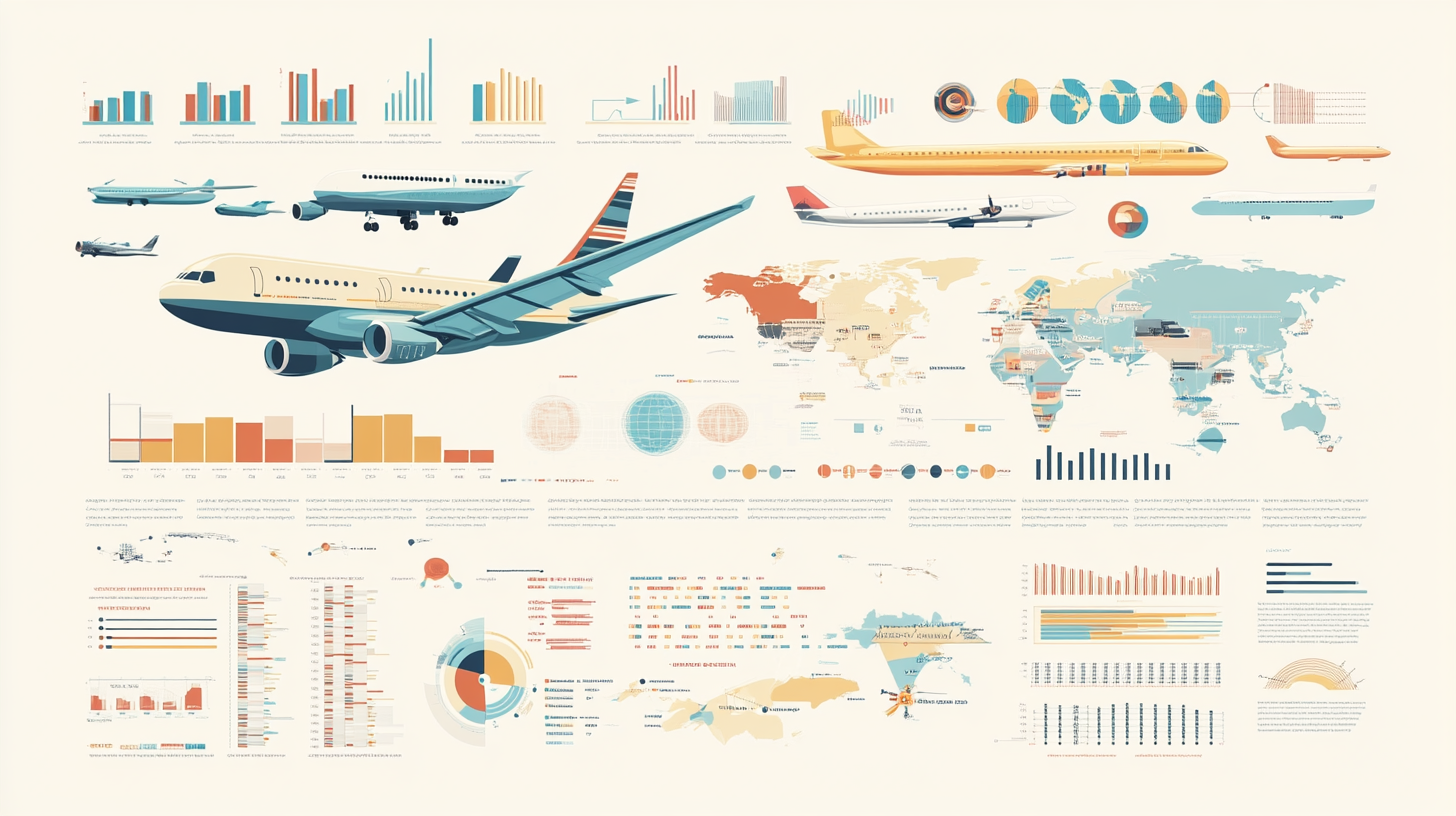
When it comes to transportation, air travel consistently ranks as one of the safest options available. According to recent statistics, the odds of being involved in an airplane accident are incredibly low. In fact, the National Safety Council reports that the odds of dying in an air transport accident are approximately 1 in 205,552, compared to 1 in 102 for a car crash. These figures highlight how rare aviation accidents are, especially when contrasted with other everyday activities.
Consider that in 2019, airlines worldwide carried over 4.5 billion passengers on around 45 million flights. Despite this immense volume of air traffic, the Aviation Safety Network reported only 20 fatal airliner accidents, resulting in 283 fatalities. These numbers are minuscule compared to the total number of flights and passengers, underscoring the exceptional safety of air travel.
The aviation industry has achieved this remarkable safety record through rigorous standards and continuous improvements. Airlines worldwide adhere to strict regulations that govern every aspect of operation, from pilot training to aircraft maintenance. These regulations are enforced by international bodies like the International Civil Aviation Organization (ICAO), ensuring consistency and safety across the globe.
Moreover, statistical data shows a steady decline in aviation accidents over the past few decades. For instance, the rate of fatal accidents involving large commercial airplanes dropped by 76% between 1998 and 2017, according to Boeing’s Statistical Summary of Commercial Jet Airplane Accidents. This decline is attributed to advancements in technology, better training programs, and more robust safety protocols. The collaborative efforts of airlines, regulatory agencies, and manufacturers have made flying safer than ever before.
Understanding these statistics can help alleviate the fear of flying. Recognizing that the aviation industry prioritizes safety above all else provides a reassuring perspective for anxious travelers. The numbers don’t lie: flying is exceptionally safe.
Understanding the Numbers: Why Flying Is Safer Than Driving
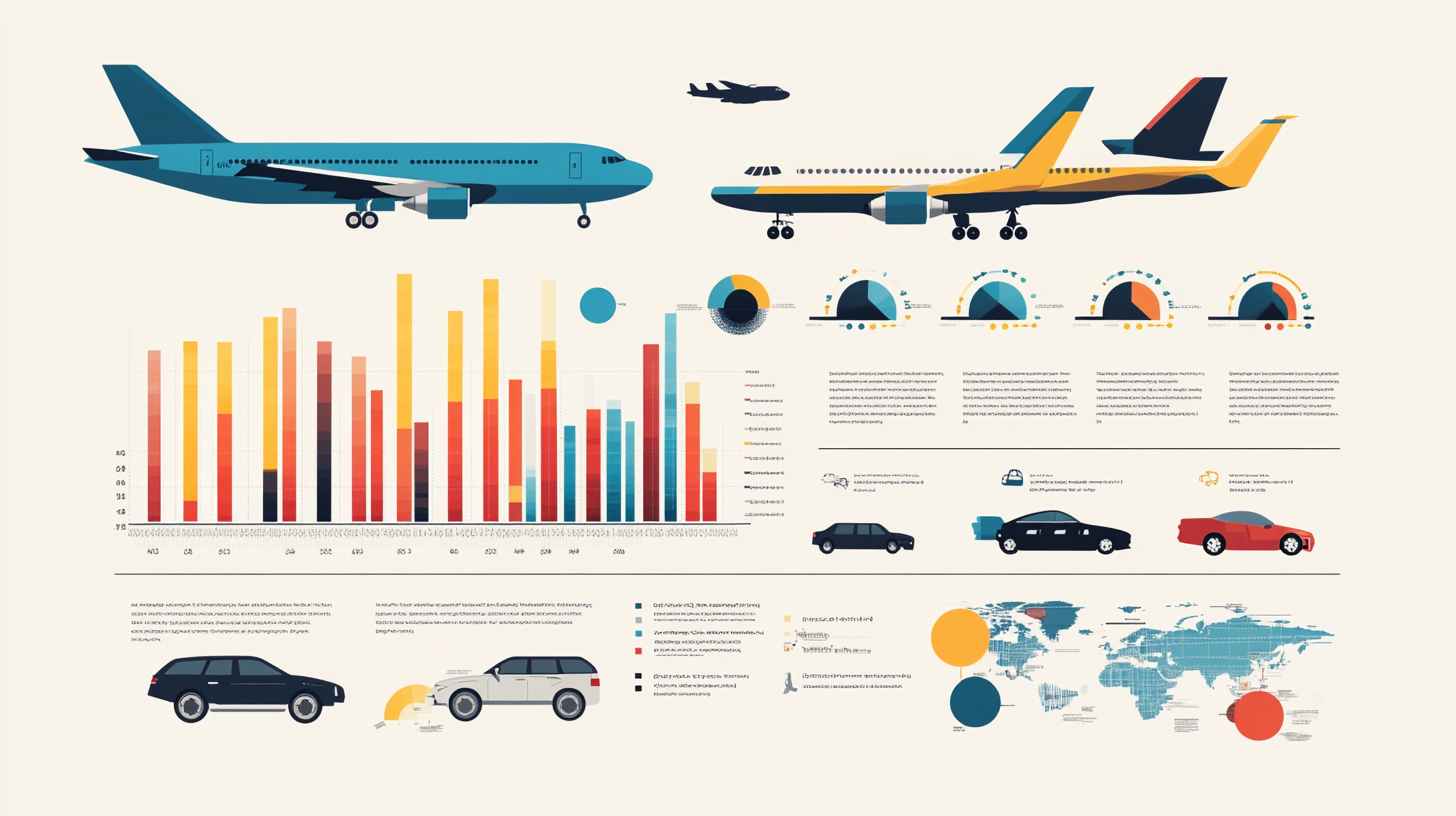
It’s a common misconception that flying is riskier than driving. This belief often stems from the heightened media attention that airplane accidents receive, despite their rarity. In reality, statistics prove that flying is significantly safer than driving. The vast difference in accident rates between the two modes of transportation underscores this fact.
Each year, millions of people are injured or lose their lives in car accidents. In the United States alone, the National Highway Traffic Safety Administration (NHTSA) reported over 36,000 fatalities in motor vehicle crashes in 2019. Factors such as human error, road conditions, and other drivers’ actions contribute to these incidents. In contrast, the number of aviation accidents is minimal, and when they do occur, they are thoroughly investigated to prevent future occurrences.
To put it into perspective, if you were to fly every day, statistically, it would take over 19,000 years before you would be involved in a fatal airplane accident. On the other hand, the average driver in the U.S. has a 1 in 114 chance of dying in a car crash over their lifetime, according to the Insurance Information Institute. These stark differences highlight just how safe flying is compared to driving.
The perception of risk is often skewed by the catastrophic nature of plane crashes, despite their infrequency. While car accidents are commonplace and often less sensationalized, plane crashes are rare but heavily publicized events. This disproportionate coverage can inflate fears and misconceptions about the dangers of flying. Read more at Taylor & Francis Online on Media Coverage of Air Disasters.
By examining the actual statistics, it’s clear that air travel is the safer choice. When measured per mile traveled, flying surpasses driving in safety by a significant margin. Recognizing the safety of air travel through statistical evidence can help shift perceptions and reduce the fear of flying.
The Role of Aviation Regulations and Standards
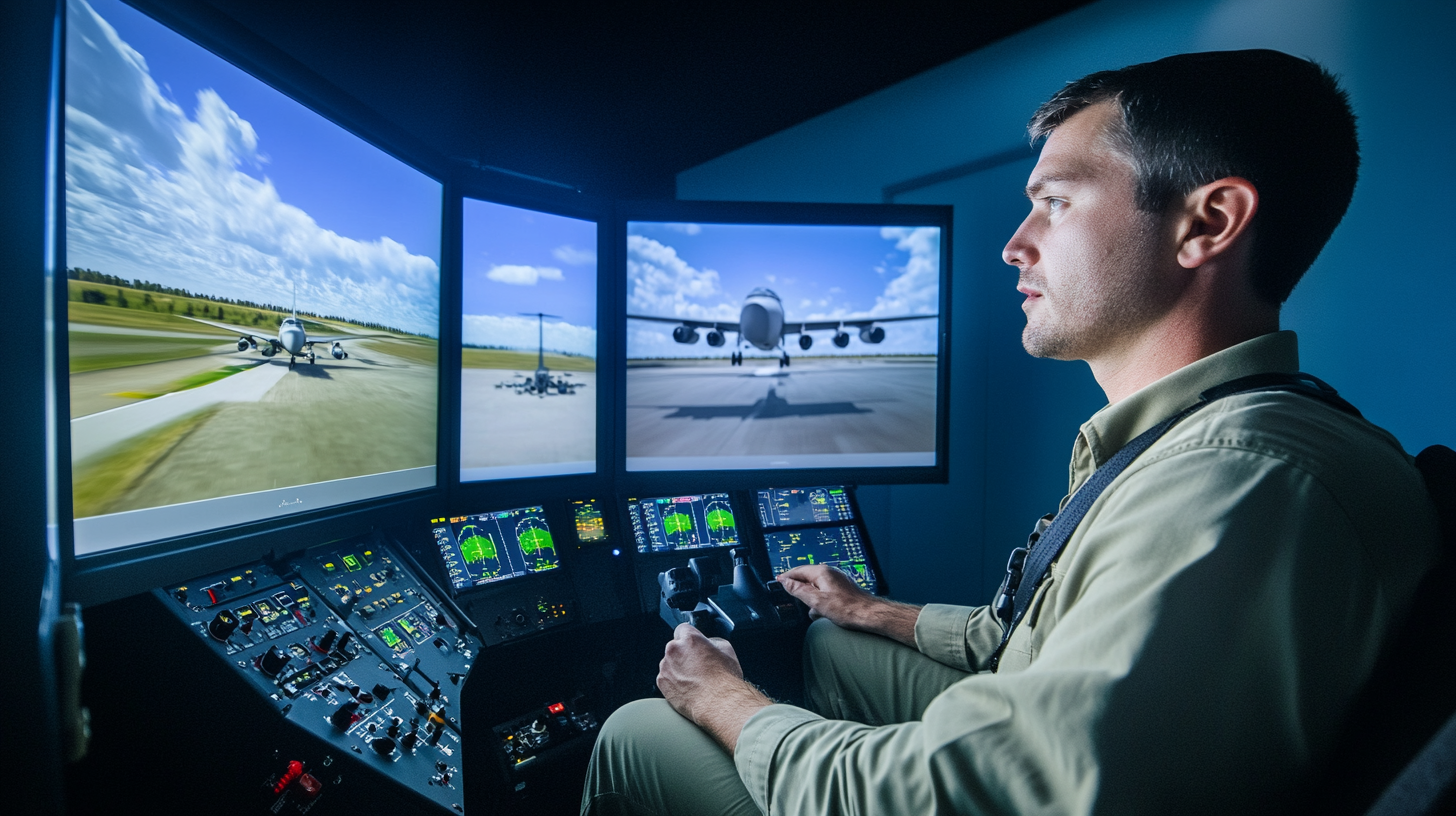
A key factor in aviation safety is the stringent regulations and standards that govern the industry. Agencies such as the Federal Aviation Administration (FAA) and the European Union Aviation Safety Agency (EASA) set comprehensive rules that airlines and manufacturers must follow. These regulations cover pilot certification, aircraft maintenance, air traffic control procedures, and more.
Pilots undergo extensive training and must meet ongoing qualification requirements. Before even entering a commercial cockpit, pilots typically accumulate thousands of flight hours. They are trained to handle a wide range of scenarios, including emergency situations. Their skills are regularly assessed through simulator training and check rides to ensure they maintain the highest levels of proficiency. Visit the FAA’s Pilot Training Requirements for more details.
Similarly, aircraft are subjected to rigorous maintenance schedules and safety inspections. Airlines must comply with strict maintenance programs approved by regulatory authorities. These programs include routine checks, detailed inspections, and functional tests of aircraft systems. Mechanics and engineers use advanced diagnostic tools and adhere to meticulous procedures to ensure every aircraft is airworthy. Learn more through the Ultimate Aircraft Maintenance Guide by Simple Flying.
Air traffic control (ATC) systems also play a crucial role in aviation safety. Controllers manage the flow of aircraft in the sky and on the ground, preventing collisions and minimizing delays. Modern ATC systems utilize cutting-edge technology to monitor aircraft positions, weather conditions, and airspace restrictions. Visit HowStuffWorks on Air Traffic Control Systems for more insights.
International cooperation also plays a vital role in maintaining high safety standards. Organizations like the ICAO facilitate collaboration between countries to establish global aviation standards. This cooperation ensures consistency in safety practices worldwide, benefiting passengers regardless of their destination. For instance, the implementation of standards like the Aviation Safety Implementation Assistance Partnership (ASIAP) helps enhance safety in developing countries.
These regulations and standards are continually reviewed and updated in response to new technologies and discoveries. The aviation industry’s proactive approach to safety ensures that it stays ahead of potential risks, further solidifying the safety of air travel.
Technological Advancements Enhancing Safety
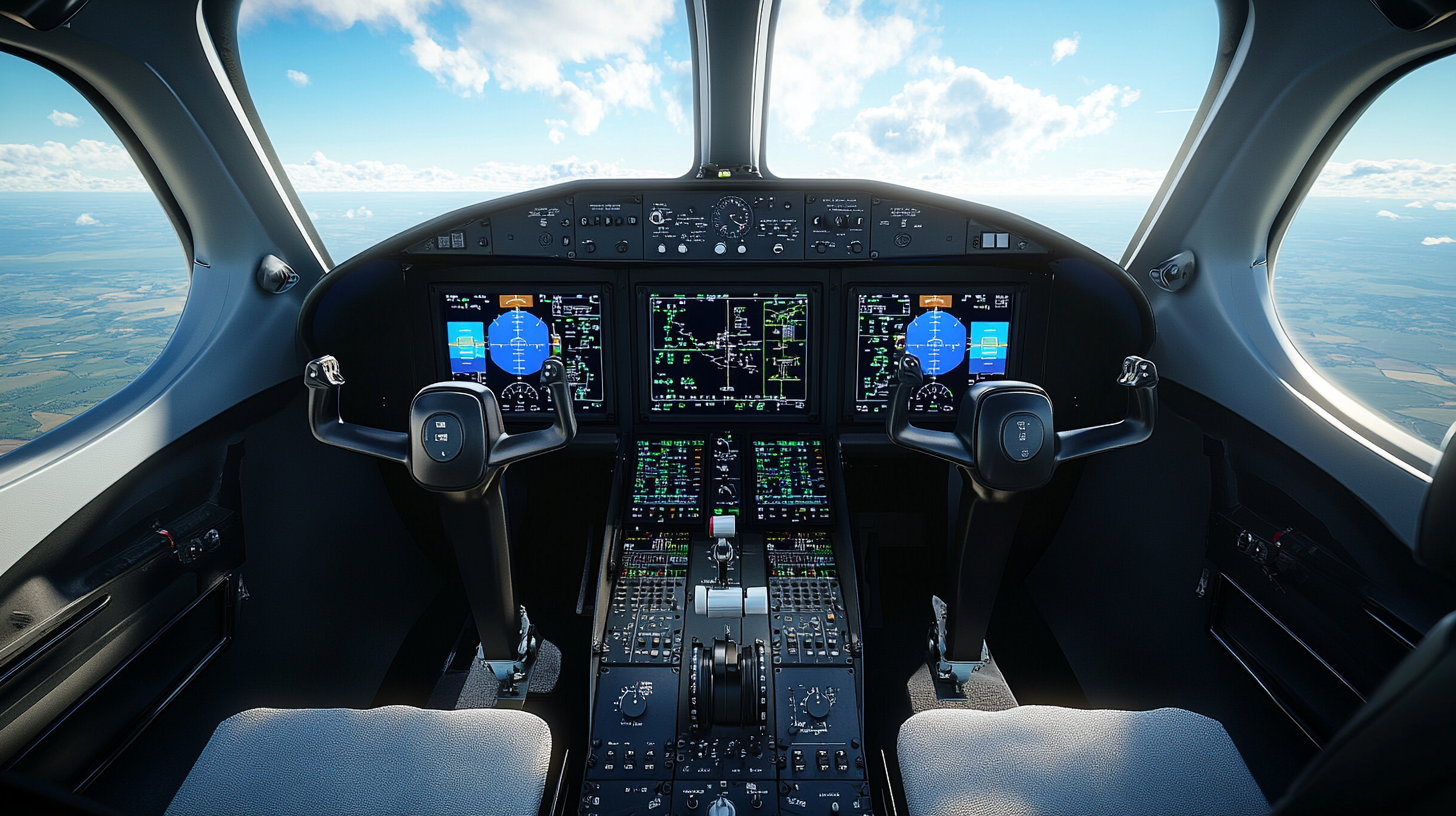
Advancements in aviation technology have significantly contributed to the industry’s exceptional safety record. Modern aircraft are equipped with state-of-the-art systems designed to enhance performance and safety. These include advanced navigation systems, collision avoidance technology, and automated flight controls. Discover more about these technologies on Aviation Today.
One notable technological advancement is the use of fly-by-wire systems. These systems replace traditional manual controls with electronic interfaces, reducing the potential for human error. Aircraft like the Airbus A320 and Boeing 787 Dreamliner utilize fly-by-wire technology to improve aircraft responsiveness and stability. These systems also incorporate safety features that prevent pilots from exceeding the aircraft’s operational limits. Learn more at BAE Systems.
Engine technology has also seen significant improvements. Modern jet engines are more reliable and efficient than their predecessors, reducing the likelihood of mechanical failures. For example, the Pratt & Whitney GTF and General Electric LEAP engines offer enhanced performance and fuel efficiency, contributing to safer and more economical flights. For more information, visit Pratt & Whitney.
Additionally, innovations in materials science have led to stronger, lighter aircraft structures that enhance performance and safety. The use of composite materials in aircraft like the Boeing 787 Dreamliner and Airbus A350 reduces weight and increases durability, allowing for better fuel efficiency and lower maintenance requirements. Learn about composite materials at DarkAero.
The integration of artificial intelligence (AI) and machine learning is paving the way for even greater safety enhancements. Predictive maintenance algorithms can identify potential issues before they become problems, allowing for preemptive action. For instance, Boeing and Airbus are developing AI-driven systems to monitor aircraft health in real-time. Read more on Aviation Today’s Interactive Magazine.
Furthermore, advancements in satellite technology are improving navigation and communication systems. The Next Generation Air Transportation System (NextGen) in the United States is an overhaul of the national airspace system to make air travel safer and more efficient. It uses satellite-based navigation and advanced digital communications to improve tracking and routing of aircraft. Discover more on the FAA’s NextGen page.
These technological strides continue to make flying safer with each passing year, ensuring that the aviation industry remains at the forefront of safety and innovation.
Overcoming Fear: Psychological Insights and Tips

Understanding the statistics and safety measures can go a long way in alleviating the fear of flying, but psychological factors also play a significant role. Aviophobia, or the fear of flying, affects a substantial number of people. It can stem from various sources, including fear of heights (acrophobia), enclosed spaces (claustrophobia), or lack of control. Learn more about aviophobia at Cleveland Clinic.
One effective strategy to overcome this fear is cognitive-behavioral therapy (CBT). CBT helps individuals identify and challenge irrational thoughts related to flying, replacing them with more realistic perspectives. Therapists may use techniques such as exposure therapy, where individuals are gradually exposed to the idea of flying in a controlled environment. Read more at the American Psychological Association’s Cognitive Behavioral Guide.
Mindfulness and relaxation techniques are also beneficial. Practices such as deep breathing, meditation, and progressive muscle relaxation can help manage physical symptoms of anxiety during flights. Mobile apps like Calm and Headspace offer guided meditations specifically designed to reduce anxiety. Visit the Calm App for more details.
Preparing for the flight by learning about the sensations and sounds experienced on an airplane can reduce uncertainty and fear. For instance, understanding that turbulence is a common and safe occurrence caused by atmospheric conditions can alleviate anxiety when encountering it. Reading materials or watching videos about how airplanes work can demystify the experience. Learn more through National Geographic’s Explanation of Turbulence.
Many airlines offer programs and resources specifically designed to help passengers overcome their fear of flying. British Airways’ “Flying with Confidence” course and SOAR’s fear of flying program are examples of structured programs that include workshops, virtual reality simulations, and support from trained professionals. For more information, visit British Airways’ program.
Support groups and forums can also provide comfort. Connecting with others who have similar fears can make individuals feel less isolated and provide practical coping strategies. Online communities like Fear Of Flying Help offer forums moderated by professionals where individuals can share experiences and advice.
By taking proactive steps and utilizing available resources, individuals can conquer their fears and enjoy the many benefits of air travel.
Final Thoughts
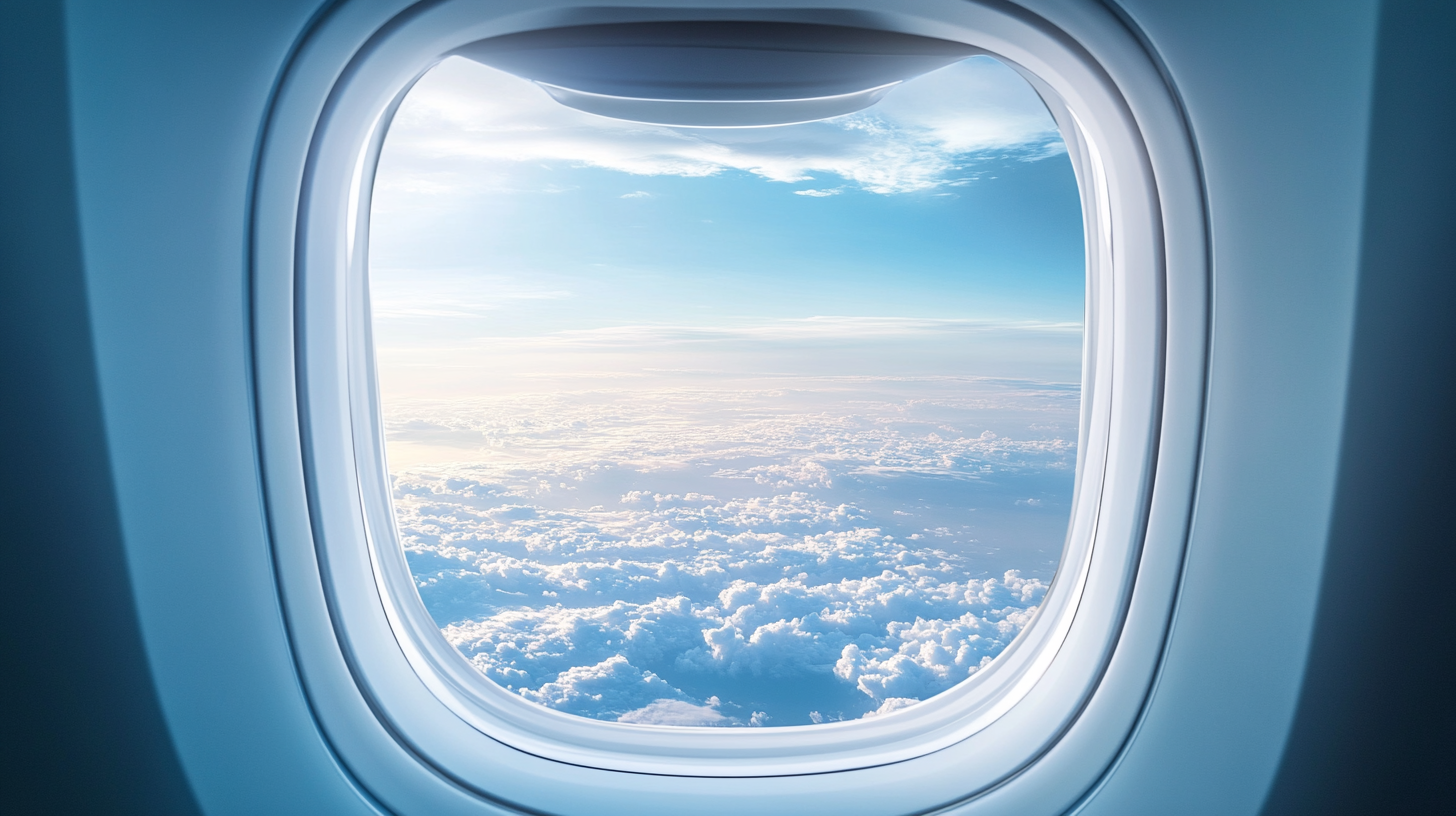
Flying remains one of the safest modes of transportation available. The statistical evidence is overwhelming: air travel is exceptionally safe due to rigorous regulations, technological advancements, and the industry’s unwavering commitment to safety. By understanding the facts and addressing psychological barriers, you can overcome the fear of flying and embrace the freedom and opportunities that air travel provides.
Next time you board a plane, remember the statistics and the countless professionals dedicated to ensuring your safety. With each flight, you’re participating in one of humanity’s greatest achievements—bridging distances safely and efficiently. For more insights and travel tips, follow us back to BoardingArea. Safe travels!

